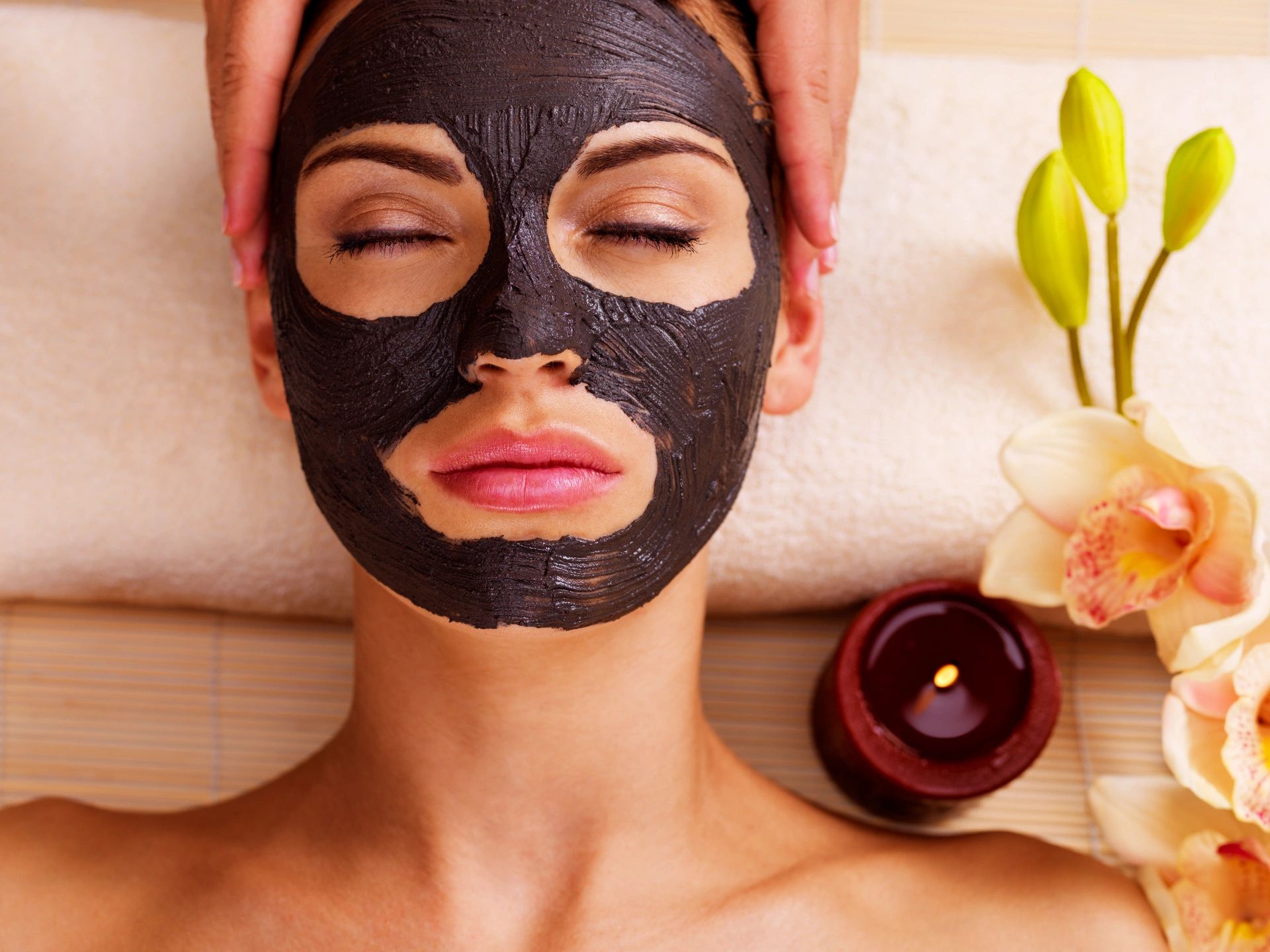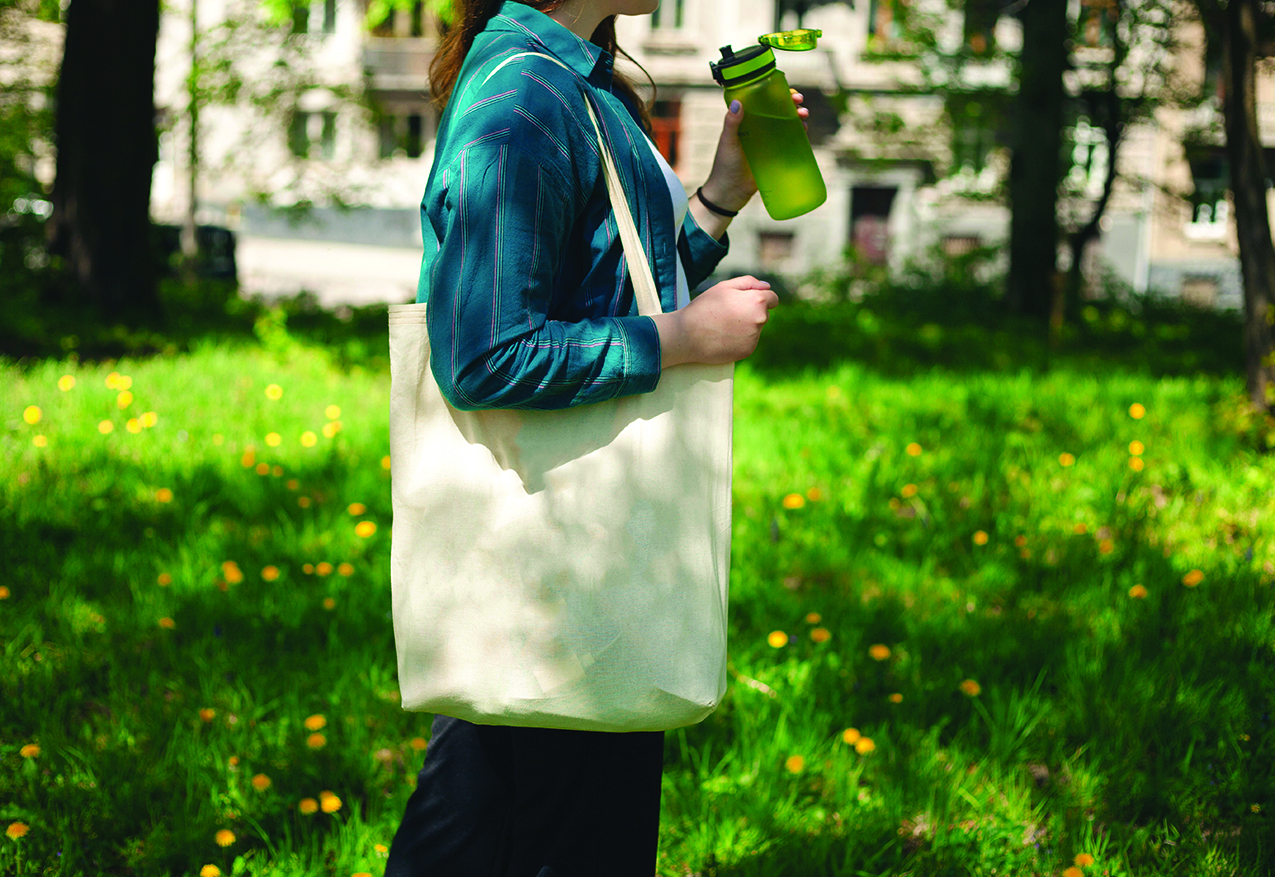HEALTHY LIVING
Gifting fresh and vibrant skin: How to navigate popular spa treatments

The desire for healthy, clean-looking skin drives the multibillion dollar cosmetics and skincare industry. According to data from the Semi-Annual Consumer Insight Snapshot from DermStore, a leading skin care e-commerce website, 67 percent of consumers surveyed are very or extremely interested in trying products for their specific skin concerns.
The top five skin concerns across the United States include aging, uneven skin tone, sensitive skin, dark circles, and sun damage. To address concerns about their skin, consumers are increasingly turning to in-spa services, such as facials, peels and fillers. A facial or body skin treatment can be a coveted gift this holiday season. However, navigating spa jargon can be tricky. Here are some popular services and what they entail. Traditional facial A traditional facial typically begins with a cleansing of the face using steam to open up pores.
This lets impurities clear out. Depending on an individualÕs skin type or concerns, a mild scrub may be used to exfoliate dead skin cells, dirt and oils. A hydrating mask or lotion will be applied to soothe skin after treatment. Chemical or fruit acid peel Chemical and fruit acid peels rely on various acids to exfoliate and peel off the outer layer of skin. The skin beneath is usually more smooth and less wrinkled. Some deep peels target the middle layer of skin to remove damaged skin cells.
The American Society for Dermatologic Surgery says that peels can be used to treat anything from acne to aging skin to scars. Alpha-hydroxy acid and lactic acid may be used in mild peels. Trichloroacetic acid, or phenol, is used for more potent chemical peels. Peels are best left to an aesthetician or dermatologist. Facial masks Masks may contain many different ingredients designed to treat various skin problems. A paraffin mask, for example, involves the process of applying molten warm wax over a thin mask. The wax will open pores and moisturize the skin.
Masks are applied, and then there is a waiting period, during which the mask dries or penetrates. Then the treatment will be removed. Microdermabrasion In microdermabrasion, layers of dead skin are buffed. This dead skin may have accumulated due to age and sun exposure. Many spas employ a device that scours the skin using micronized aluminum oxide crystals. Similar at-home products use motorized spinning brushes that employ bristles to slough off skin cells. Lymphatic massage Many facial treatments also include some massage. With lymphatic massage, particular pressure points are targeted to release strain from tension headaches and may even reduce skin puffiness. Massaging the skin can promote blood flow and lead to a rosier, more youthful glow.
Cosmetic fillers Injectable dermal fillers can soften facial creases, remove wrinkles and improve the appearance of scars, says the American Society of Plastic Surgeons. These procedures are best left to professionals. Skincare treatments can be an ideal holiday gift for someone special.
HEALTHY LIVING
What does 100% grass-fed organic dairy bring to your table

(Family Features) It’s no secret that many grocery store dairy sections are filled with more options today. One choice continuing to gain favor with consumers is 100% grass-fed organic dairy. Nutrition, environmental awareness and animal care are some of the leading reasons consumers choose grass-fed dairy products.
Globally, the 100% grass-fed dairy market is projected to continue growing and some market experts predict annual growth rates as high as 22%. If you’re curious about 100% grass-fed organic dairy, consider these benefits from Maple Hill, America’s original 100% grass-fed organic dairy producer. The pioneer of 100% grass-fed organic dairy took its commitment a step further by celebrating and declaring National 100% Grass-Fed Organic Dairy Day on April 15, which recognizes the positive impact it has on consumers, cows, farmers and the environment.
1. Honoring the Farmers
Unlike large-scale corporate dairy farms, most organic farms are small, family-owned operations dedicated to traditional, sustainable farming. Small dairy farms have been disappearing, but 100% grass-fed organic dairy creates a sustainable, viable path forward for farmers who work in harmony with nature.
This more natural approach to dairy is a “craft” process favoring small family farmers who are willing to dedicate the extra focus and patience to a better product and process. These family farms are passed on to future generations to grow the “better for you, better for the planet” approach.
2. Commitment to Good Health
Most consumers don’t know the difference between traditional organic and 100% grass-fed organic dairy. One key distinction is the products’ nutritional composition; 100% grass-fed organic dairy provides a 50% healthier ratio of omega 3:6 and 40% higher levels of CLA fatty acids, which may support heart health and provide other health benefits.
What’s more, Maple Hill’s products made with 100% grass-fed organic dairy are GMO free, hormone free and antibiotic free with no additives or fillers. The line of high-quality, rich-flavored products let you experience the organic difference from traditional dairy for a nutrient-dense solution that tastes as nature intended.
3. Happy, Healthy Cows
Cows on a 100% grass-fed diet can live up to three times as long as grain-fed cows and are never subjected to unnatural diets, hormones or antibiotics. More time in pastures filled with lush grass means cows have the freedom to roam, ruminate and graze on diverse, nutrient-rich grasses.
The result is happier, healthier cows, which in turn results in a richer, better-tasting and more nutrient-dense milk.
4. Sustainability and the Environment
Producing milk without grain or corn requires farmers to focus on regenerating soil and the soil life that supports everything else on the farm. In fact, the healthier the soil, the healthier the feed, so farmers have a natural incentive to be as regenerative as possible. Regenerative grazing practices are a powerful and positive tool to improve land and the web of life on farms by actively restoring soil health, promoting biodiversity and reducing the environmental impact compared to conventional dairy.
Well-managed grazing helps pull carbon from the atmosphere into the soil, fighting climate change in the process. In addition, healthier soil retains more water, reducing runoff and protecting water sources from agricultural pollution.
5. Strengthening the 100% Grass-Fed Organic Market
Consumers are increasingly aware of the choices they have in dairy products and how 100% grass-fed organic supports their health, farmers, animals and the planet. Some ways to support this category’s continued growth include choosing certified 100% grass-fed organic dairy, advocating for regenerative farming and helping shape a more sustainable food system.
Learn more about 100% grass-fed organic dairy products at maplehill.com.
SOURCE:
HEALTHY LIVING
Promote health with these daily habits

Health should be a priority, but too often life gets in the way and individuals take a reactive, rather than proactive, approach to their personal well-being. But living healthier need not be so difficult. In fact, research suggests that small, positive changes in how a person lives each day creates a healthier person over time.
A Hologic-Gallup survey on the state of women’s health conducted in April 2024 found 63 percent of respondents said it was hard for them to make health a priority. They cited feeling overwhelmed, needing to care for others before themselves, emotional/mental health, and work as the top barriers to focusing on health. But it’s important that both women and men recognize that small changes can add up to big results. These healthy habits can help individuals start living healthier lifestyles.
· Get some exercise. Regular physical activity is one of the most important things a person can do fo his or her health. Exercise helps manage weight, reduces the risk of disease, strengthens bones and muscles, and improves brain health. The Centers for Disease Control and Prevention says adults should aim for at least 150 minutes (30 minutes a day for five days) of moderate-intensity aerobic activity a week. A great place to begin is with a daily walk, which is a simple and effective habit that does not require a lot of time and no equipment except a good pair of athletic shoes.
· Wear sunscreen every day. After washing your face each morning, apply a facial moisturizer with an SPF of at least 30, or blend equal parts of sunscreen and regular moisturizer, suggests Harvard Health. Use it on the face, neck, ears, and any thinning hair spots on the scalp. Skin cancer is the most common type of the disease worldwide, and wearing sunscreen can help many people avoid it.
· Spend time outdoors. It takes just a few minutes in the sun to raise vitamin D levels. Vitamin D is necessary for bone and heart health and helps to boost mood, says WebMD. Various studies indicate spending time in green spaces promotes calm and increases happiness.
· Plan your meals. Meal planning is not just a way to manage food budgets. It’s also a great method to being more mindful of food choices and avoiding impulse buys or meals that may not be as healthy as they can be. Adding more plant-based foods to a diet is a good start. Such foods can reduce the risk of chronic conditions like high cholesterol and hypertension.
· Stay hydrated. Hydration supports good digestion, increases energy and may improve brain performance, states Harvard Health. Drink a glass of water each day upon waking up and with every meal. Older adults often do not feel thirst like they did when they were younger, so it is especially important for seniors to stay hydrated.
Healthy habits are more easily adopted when people begin small and make a daily commitment to their overall health.
HEALTHY LIVING
Make a smart home investment with an all climate heat pump

(Family Features) If your home uses a conventional heating and cooling system, you may wonder if there’s a better way to manage indoor comfort. Between rising energy costs and concerns about the efficiency of conventional systems, many homeowners are exploring alternatives. One popular solution is an all-climate heat pump.
All-climate heat pumps are the next generation of heat pump technology built for peak performance, regardless of the outdoor temperature. From the personalized comfort all-climate heat pumps deliver to the energy savings realized, it’s no wonder more homeowners are considering going all-in on all-climate.
If you’re considering replacing your current HVAC system, read on for some of the benefits of all-climate heat pumps.
Personalized Comfort
Ductless, multi-zone, all-climate heat pump systems are designed to deliver personalized, room-to-room temperature control tailored to your preferences. Unlike traditional ducted unitary systems, which typically operate on an all-or-nothing basis, ductless multi-zone solutions provide individualized climate settings for each space. Whether you prefer a warmer living room or a cooler bedroom, the flexibility to adjust each zone offers unparalleled convenience and energy efficiency.
Efficiency
According to a survey of U.S. homeowners commissioned by Mitsubishi Electric Trane HVAC US (METUS), 93% of homeowners surveyed with conventional HVAC systems reported concerns about utility bills. Seventy-five percent of those surveyed also consider energy efficiency always or often when considering home improvements.
Conventional heating and cooling systems run at full capacity to reach set point and then shut off. The start-stop action ultimately wastes energy. With variable-capacity capabilities and inverter-driven technology, all-climate heat pumps can adjust and maintain temperatures, lessening your home’s overall energy demand and driving down cost.
Cost Savings
The cost savings provided by efficient energy usage are evident. Additionally, some states offer rebates for new HVAC systems, and many contractors offer financing options, which make the upfront cost of an all-climate heat pump installation more affordable.
Reliability is another cost-saving factor. All-climate heat pumps are purpose-built with durable materials to perform well in all kinds of weather.
“We continue to educate homeowners about the advantages all-climate heat pumps have over conventional HVAC systems,” said Mark Kuntz, Chief Executive Officer, METUS. “As homeowners become more knowledgeable about the numerous benefits, including personalized comfort, energy efficiency and cost savings, we believe they will increasingly install these next-generation systems in their homes.”
Learn more about how you can better manage your home’s indoor comfort with all-climate heat pump technology by visiting mitsubishicomfort.com.
SOURCE:
Mitsubishi Electric
-

 NEWS2 years ago
NEWS2 years ago2 hurt, 1 jailed after shooting incident north of Nocona
-

 NEWS1 year ago
NEWS1 year agoSuspect indicted, jailed in Tia Hutson murder
-

 NEWS2 years ago
NEWS2 years agoSO investigating possible murder/suicide
-

 NEWS2 years ago
NEWS2 years agoWreck takes the life of BHS teen, 16
-

 NEWS2 years ago
NEWS2 years agoMurder unsolved – 1 year later Tia Hutson’s family angry, frustrated with no arrest
-

 NEWS2 years ago
NEWS2 years agoSheriff’s office called out to infant’s death
-

 NEWS2 years ago
NEWS2 years agoBowie Police face three-hour standoff after possible domestic fight
-

 NEWS2 years ago
NEWS2 years agoDriver stopped by a man running into the street, robbed at knifepoint







